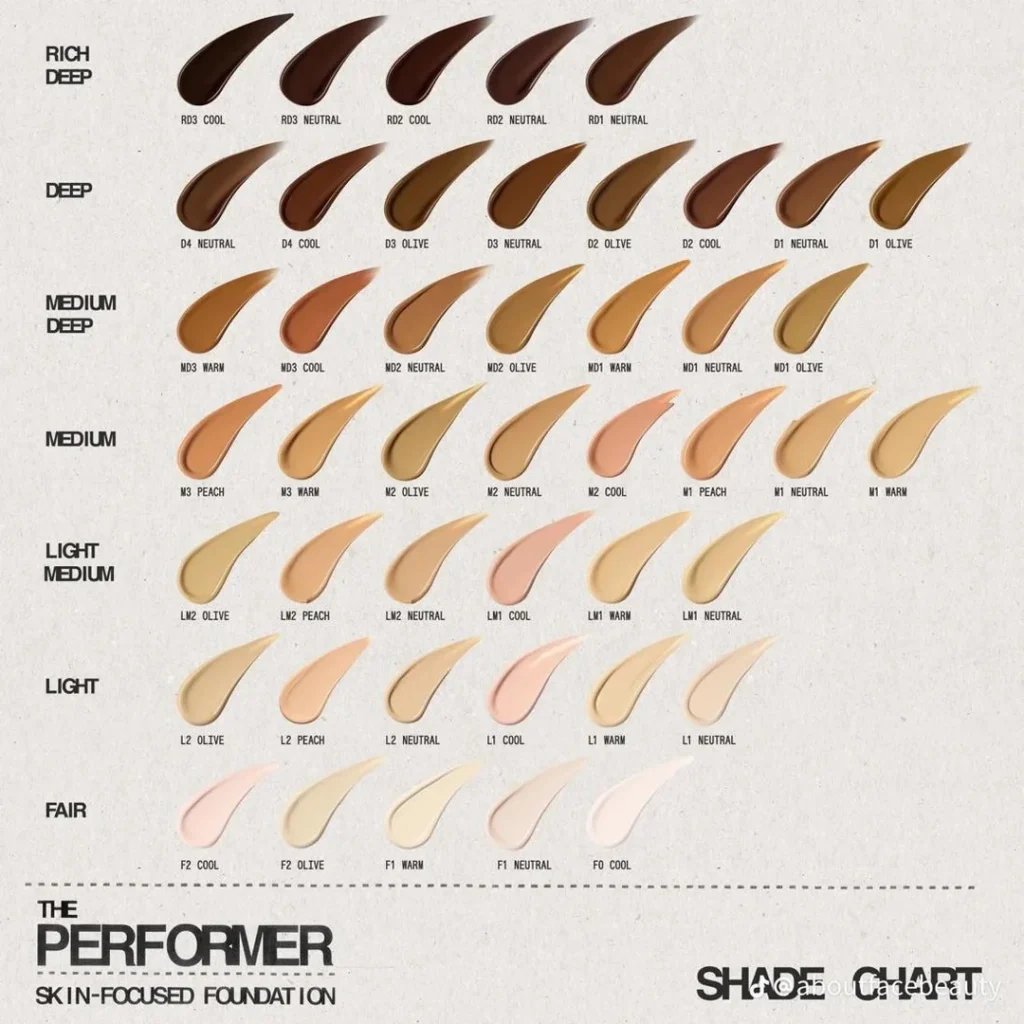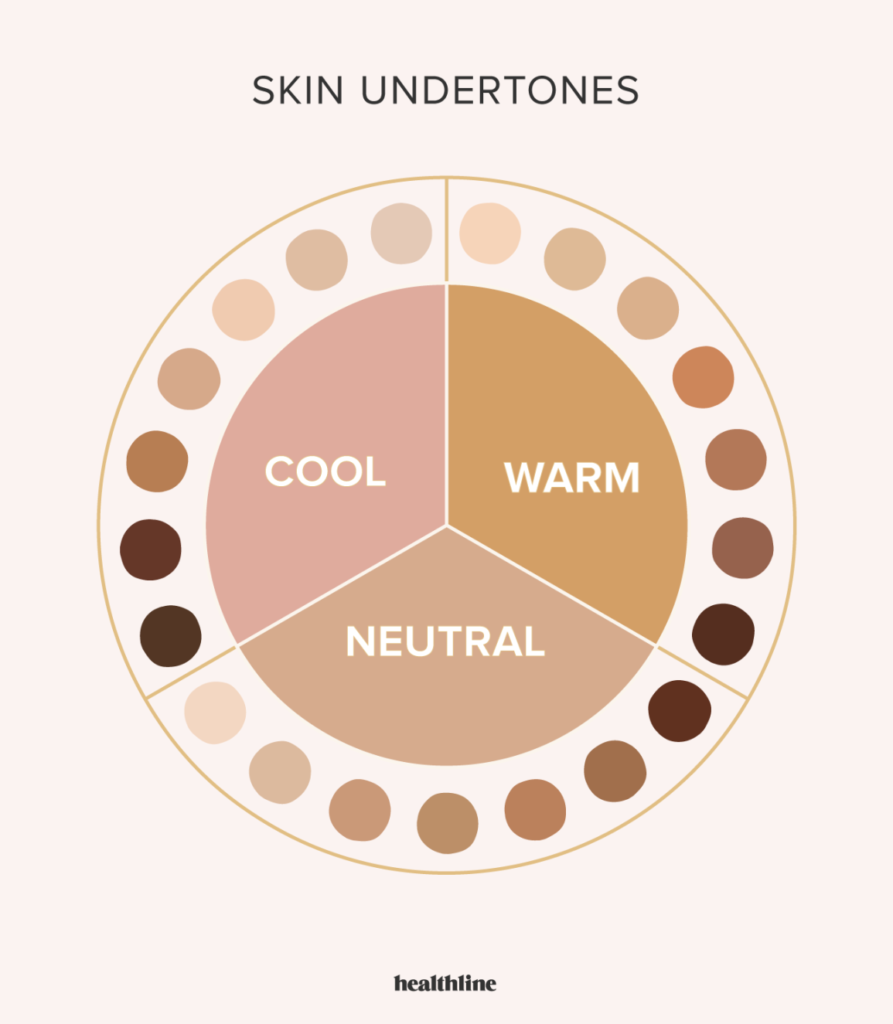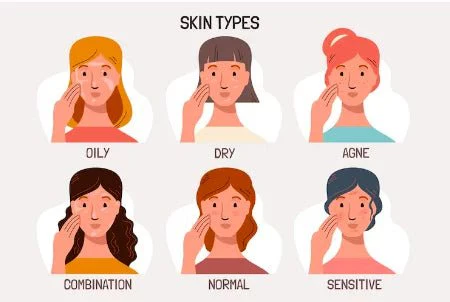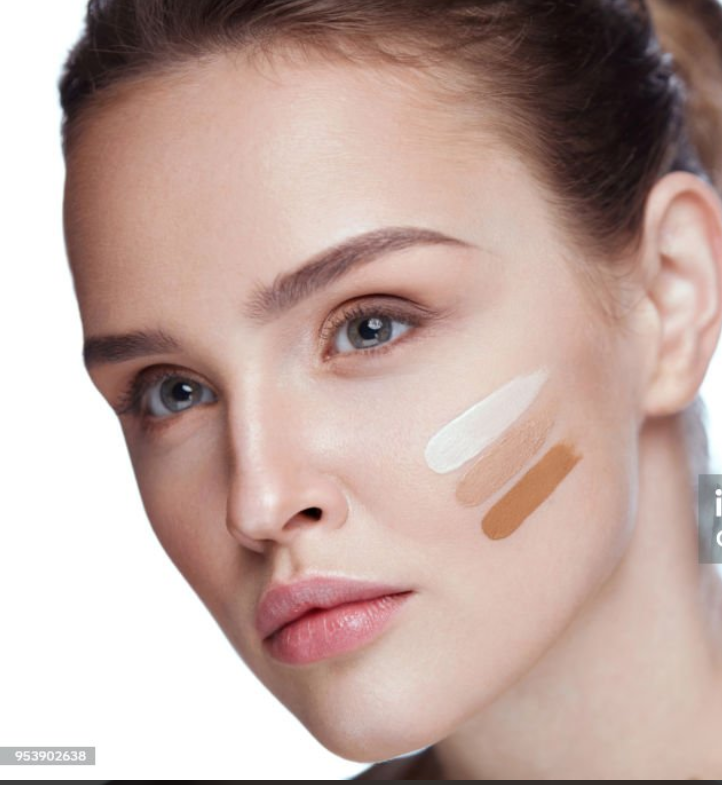One of the most important things you can do to get a perfect makeup look is to pick the right foundation shade.You want the colour to blend in with your face so that it brings out your natural beauty instead of hiding it. However, with so many options available, finding the perfect match can feel overwhelming.This guide will help you figure out your skin tone, undertone, and other things you need to think about when picking the right foundation shade for your skin.
1. Understand Your Skin Tone:
Your skin tone is the surface color of your skin, which can range from very fair to deep. Skin tones are generally categorized into five broad categories:

- Fair: The lightest skin tone, often with pink or peach undertones.
- Light: Light skin with beige undertones.
- Medium: A more neutral tone, usually with yellow or olive undertones.
- Tan: A warmer tone that can have golden or caramel undertones.
- Deep: The darkest skin tone, often with red, blue, or deep golden undertones.
To identify your skin tone, look at your skin in natural light. The areas to focus on are the jawline and neck, as these areas tend to show the most accurate representation of your overall tone.
2. Determine Your Undertone:

- Cool Undertone: Skin with a pink, red, or blue base. If your veins appear blue and you tend to burn easily in the sun, you likely have a cool undertone.
- Warm Undertone: Skin with a yellow, golden, or peach base. If your veins appear green and you tan easily, you likely have a warm undertone.
- Neutral Undertone: A mix of both cool and warm undertones. If your veins appear to be a mix of blue and green, or if you cannot distinctly determine whether they are blue or green, you might have a neutral undertone.
3. Test Foundations in Natural Light
The most effective way to test a foundation shade is to swatch it on your skin. Many people mistakenly swatch foundation on their wrist or hand, but these areas can have different tones compared to your face. Instead, apply three shades that are close to your skin tone on your jawline, neck, or even your cheek. Blend each swatch slightly and let it sit for a few minutes. The foundation shade that disappears or blends seamlessly into your skin is your match.
4. Swatch the Foundation Correctly:
The most effective way to test a foundation shade is to swatch it on your skin. Many people mistakenly swatch foundation on their wrist or hand, but these areas can have different tones compared to your face. Instead, apply three shades that are close to your skin tone on your jawline, neck, or even your cheek. Blend each swatch slightly and let it sit for a few minutes. The foundation shade that disappears or blends seamlessly into your skin is your match.
5. Consider Oxidation:
Some foundations can oxidize, meaning they can change color and appear darker after being exposed to air for some time. After swatching the foundation on your skin, wait for at least 10-15 minutes to see if the color changes. If it does, you may need to choose a shade lighter than your initial match.
6. Know Your Skin Type:
Your skin type—whether it is oily, dry, combination, or sensitive—can affect how a foundation looks and feels on your skin. Different foundations are formulated for different skin types:

- Oily Skin: Opt for a matte or oil-free foundation that helps control shine and prevent the foundation from sliding off.
- Dry Skin: Choose a hydrating or dewy foundation that adds moisture and gives a healthy glow.
- Combination Skin: Look for a foundation that balances both oily and dry areas of your face.
- Sensitive Skin: Opt for a fragrance-free or hypoallergenic foundation to reduce the risk of irritation.
Selecting a foundation that suits your skin type will help ensure that the product not only matches your color but also stays in place and looks fresh throughout the day.
7. Seasonal Changes:
Your skin tone can change with the seasons. In the summer, you may be more tanned and need a darker foundation shade, while in the winter, your skin may be lighter and require a lighter shade. Having two shades of foundation or a custom-blend formula that you can adjust based on the season is a smart solution.
8.Choose the Right Formula:
Foundation comes in various formulas, including liquid, cream, powder, and stick. Each type offers a different level of coverage and finish:
- Liquid Foundation: Offers medium to full coverage with a natural finish. Suitable for most skin types.
- Cream Foundation: Provides full coverage with a dewy finish. Ideal for dry or mature skin.
- Powder Foundation: Offers light to medium coverage with a matte finish. Perfect for oily skin.
- Stick Foundation: Offers full coverage and is convenient for on-the-go touch-ups.
Choose a formula that suits your skin type, coverage needs, and lifestyle.

